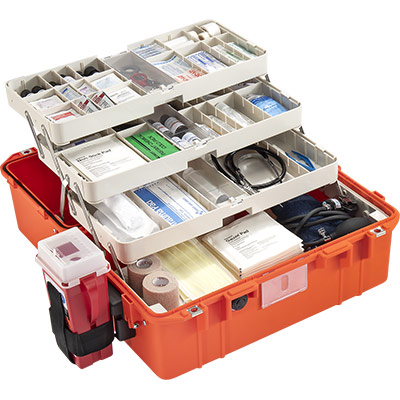Principles of Pharmacology
Published .

The term allopathic medicine was coined in the 1800s to differentiate two types of medicine. Homeopathy was on one side and was based on the theory that “like cures like.” The thought with homeopathy is that very small doses of a substance that cause the symptoms of a disease could be used to alleviate that disease.
In contrast, allopathic medicine was defined as the practice of using opposites: using treatments that have the opposite effects of the symptoms of a condition. At that time, the term allopathic medicine was often used in a derogatory sense and referred to radical treatments such as bleeding people to relieve fever. Over the years this meaning has changed, and now the term encompasses most of the modern medicine in developed countries.
All EMS personnel can, to some degree administer medications. For the EMT, the medications are limited to Narcan, EpiPen, Albuterol, Oral Glucose, and Activated Charcoal. AEMT’s and Paramedics can give more medications. The medications that are carried on the ambulance are typically effective, easy to administer, and easy to understand. It is important that EMS personnel of all levels understand the responsibility of administering medications in the prehospital environment. The medication must be indicated for the situation, not contraindicated for some reason, and administered properly. The rule of thumb is observe the patients 5 rights:
- Right patient (easy to do since there is usually only one patient in the ambulance)
- Right drug
- Right route
- Right dose
- Right time
